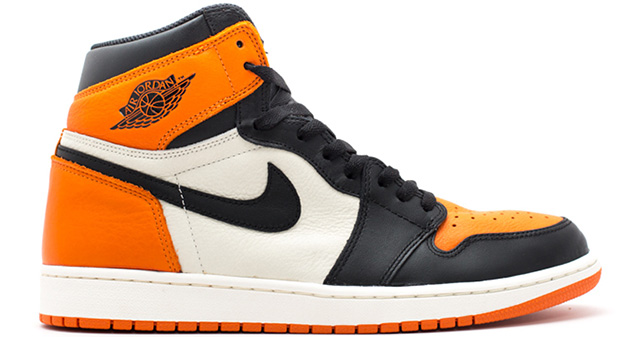
By Jared Serrano
James Paulino, 34, a nurse at Myrtle-Wyckoff Hospital in Brooklyn, has two jobs. “I’m a sneaker collector and seller by day and a nurse at night,” says Paulino, who has been collecting sneakers since the age of 16.
The sneaker business has boomed recently with brands like Nike, Jordan and Adidas all reaching all-time highs in sales in 2017. However, the real winners are the customers, who have turned buying sneakers and reselling them at a higher price into a living. “I’ve personally made more money selling sneakers than all my days working at Modell’s,” said Jerry Evrard, 24, a business management major at Brooklyn College, who has been reselling sneakers since 2012.
Often new sneaker releases attract major crowds. A collaboration between Nike and Jeff Staples had a line of hundreds of people. It got so big that the NYPD shut down the camp out in front of sneaker store, Extra Butter NYC.
Sneakers are a $55 billion global industry. According to sneakerhead data website StockX, the secondary market for rare and limited-release sneakers is estimated to be worth over $1 billion. According to SportsOneSource, the international sneaker market has grown by more than 40 percent since 2004, to an estimated $55 billion. In 2015 alone, the athletic footwear industry in the US grew by 8 percent, generating $17.2 billion in sales, with unit sales growing by 3 percent and the average selling price growing by 5 percent, to $61.15, according to The NPD Group. Among just the three major players -— Nike, Adidas and Under Armour —- sales increased to more than $25 billion in 2013, which represented a 47 percent jump from 2009, The Washington Post reported. Transparency Market Research said it expects the global footwear market to reach $220.2 billion in value and 10.974 million units by 2020.
The way sneakers have been worn has changed throughout the years. For many years, sneakers were strictly used for performance in sports. Brands such as Adidas and Converse are among the oldest brands to supply athletes with sneakers for tennis, track, and more importantly basketball.
Converse was the first brand to make a “lifestyle” or everyday sneaker with its “Chuck Taylor” sneaker. However, it wasn’t until 1985 when NBA rookie for the Chicago Bulls, Michael Jordan, signed an endorsement deal with Nike to create his own signature line of sneakers where the popularity of sneakers rose astronomically. “MJ changed the game, before him people were wearing ‘Chuck T’s’ but when that Jordan 1 came out, man it was game over, everybody wanted a pair” said David Martinez, 43, a former correctional officer at Riker’s Island. “We just never saw a sneaker like that before.”
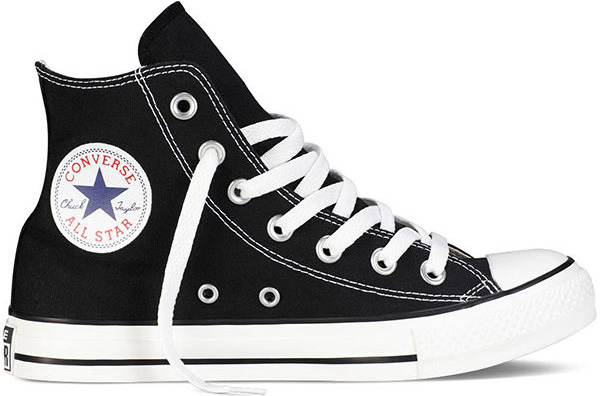
Adidas gained massive popularity that same year when legendary rap group RUN-DMC began wearing their shell-top superstar sneaker, which became synonymous with group’s signature look. Not only did the rap group make a song called “My Adidas,” they were the first non-athletes to sign an endorsement deal with a sneaker company. “When RUN-DMC started wearing those shell-top Adidas, it was a wrap, you was either wearing Nike, Jordan’s or Adidas,” said Paulino. “When our favorite rap group and our favorite basketball player started wearing those sneakers, we felt like we needed to get our hands at what they were wearing because we wanted to be just like that,” said Martinez.
With the sudden rise in popularity in sneakers, lines started getting longer and sneakers started selling out with regularity. The demand was high and everyone wanted a pair so the birth of reselling sneakers was born. “I knew there was money to be made in reselling sneakers when I was standing on the line for the Jordan ‘Bred 11’s’ and I happen to get the last size 10 pair and someone offered me $700 in cash for my pair,” said Evrard.
The reselling business has not been going unnoticed, with huge consignment stores such as Flight Club and Stadium Goods are born out of this simple concept. “When sneakers started gaining value and are being resold for hundreds and hundreds of dollars, and you see Flight Club making loads of money in business revenue, you feel like you can do it too,” said Paulino.
There are factors which have made some sneakers more valuable than others. These factors include who’s making the sneaker, collaborations, rarity of the sneaker, and unique colorway. “Collaborations such as Adidas & Kanye West, Retro of Jordan’s which is essentially unique colorways that haven’t been released in a long time or the limit amount of pairs that are made available to people such as the KAWS Jordan 4 is basically what dictates how money you’re going to get in resell price,” said Martinez.
However, reselling the sneaker is the easiest part with apps such as Stock X and GOAT being made for those looking to buy and resell sneakers. The hardest part is obtaining the sneaker. “Just a few years ago, you had to ‘camp out’ in front of a Foot Locker or Footaction for hours, sometimes even days, to try to get the sneaker in your size,” said Evrard. “Nowadays you have to wake up early enough to get the sneaker at a specific time when they are released through various websites or online raffles.”
Though the idea of creating online raffles and apps for sneakers has its perks, it also has its cons. “Often times when a sneaker that everyone wants releases, the app or website that is provided to us to try and buy the sneakers crash due to the traffic its generating,” said Martinez.
Many people have tried to beat the online system by purchasing “bots.” Bots are automated systems that have all of your personal and credit card information that will buy the sneaker for you faster than anybody can. Bots can be bought online ranging from $80 to $200. “If a person has a bot, it is basically over,” said Paulino. “You’re not going to have a fair shot at purchasing the sneaker, which makes the entire process unfair to the average consumer.”
Despite this, the sneaker culture has grown bigger and bigger and reselling sneakers has become a huge way to make some good money on the side. “You can easily make up to a grand and some change just reselling sneakers,” said Paulino. Paulino, who is currently a nurse, details how he was able to resell sneakers while working at Domino’s. “At first I was doing it to make more money on the side because working at Domino’s wasn’t cutting it,” said Paulino. “I noticed that I started making more money doing this than actually working my job so I would call out almost every Saturday to wait on line for sneakers and resell them right there.”
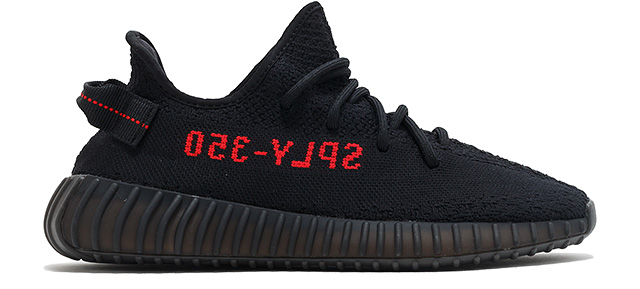
Paulino made over $2000 in just reselling sneakers during that time period. “I’m a nurse now so it is hard for me to be as active as I once was but every now and then if I want to make a little more money I’ll resell a sneaker,” said Paulino. “I made $850 from one resell with a pair of Jordan 1’s called the ‘Shattered Backboards’ size 9.”
Evrard used to work at Modell’s, when he started buying and selling sneakers. “At first I was hesitant to sell my sneakers because I wasn’t sure how much money I would be able to make,” said Evrard. “However once I know there was some serious money to be made, I started buying all the exclusive sneakers and selling them.”
Evrard used the money he made reselling sneakers to help pay his college tuition. “It was great at the time, the money I was making selling sneakers I would use to pay for my tuition and I had spending money from Modell’s,” said Evrard. “I made $1,055 when I sold my black and red pair of Yeezy’s (Kanye West Sneaker),” said Evrard. “I’m always going to be happy when I make over $1000 on a sneaker I paid $220 for.”



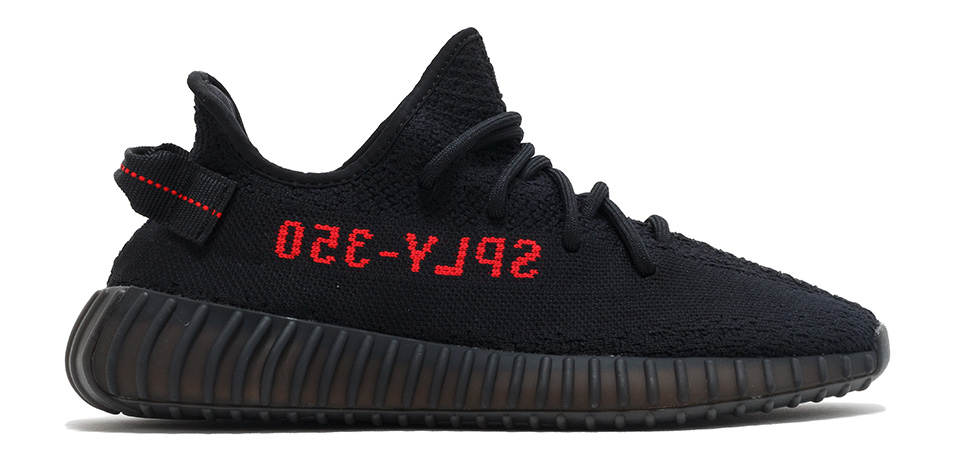
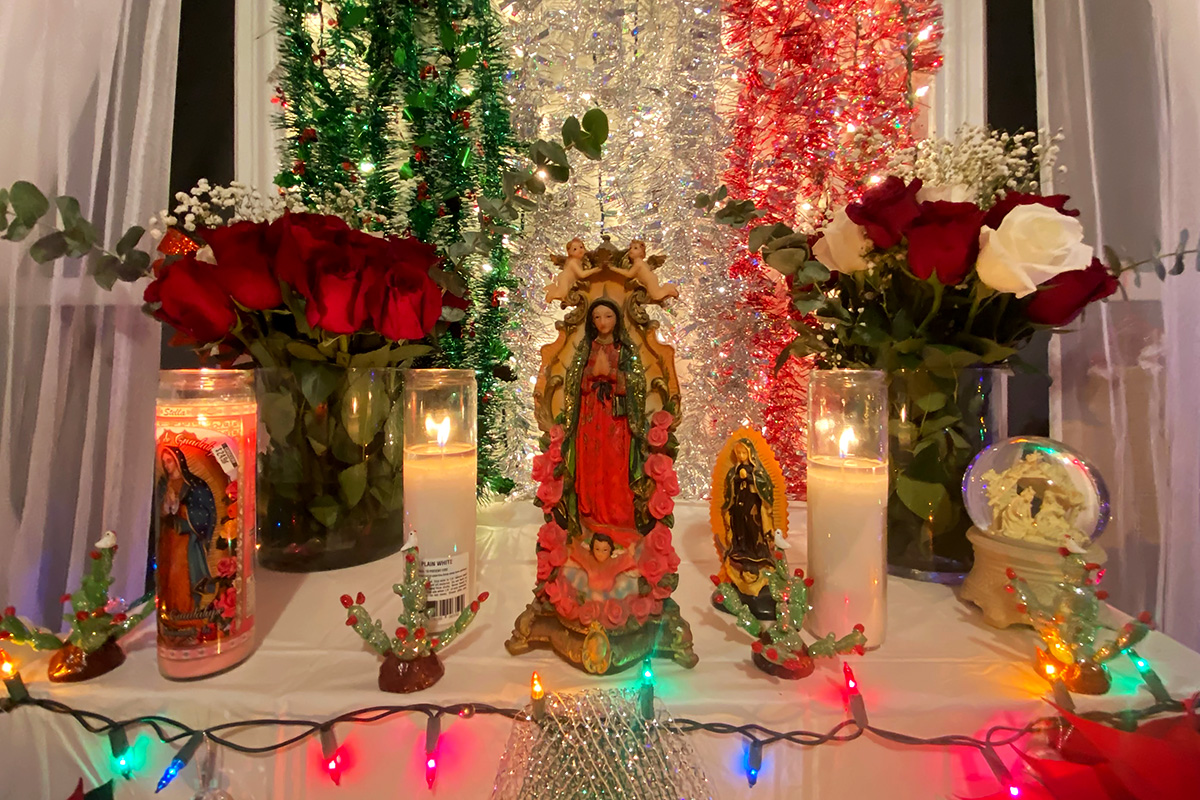
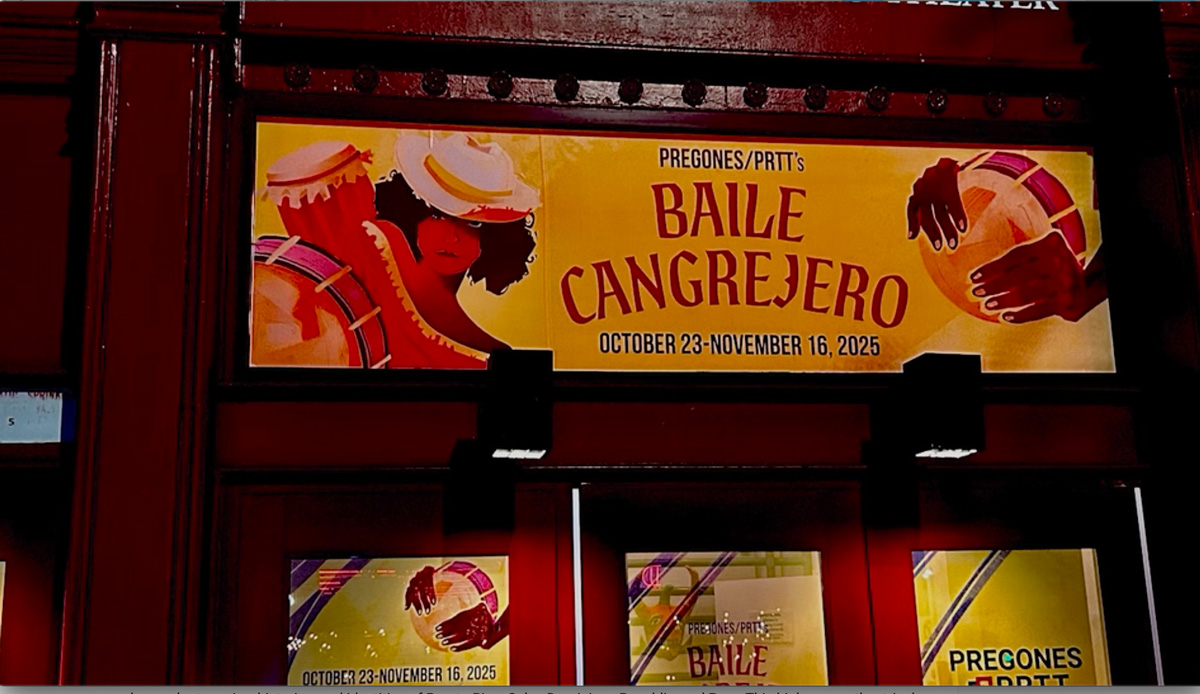
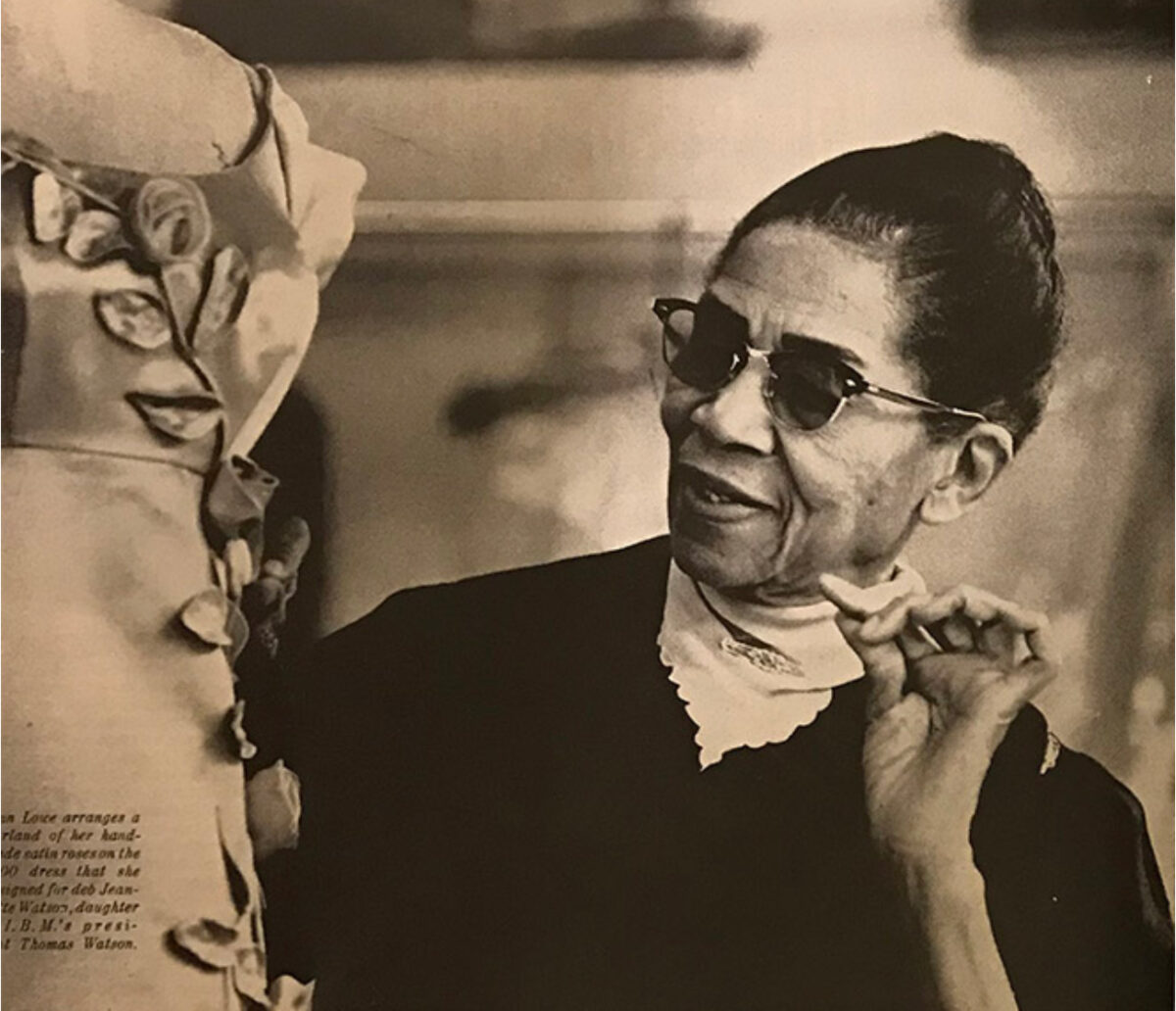

No comments